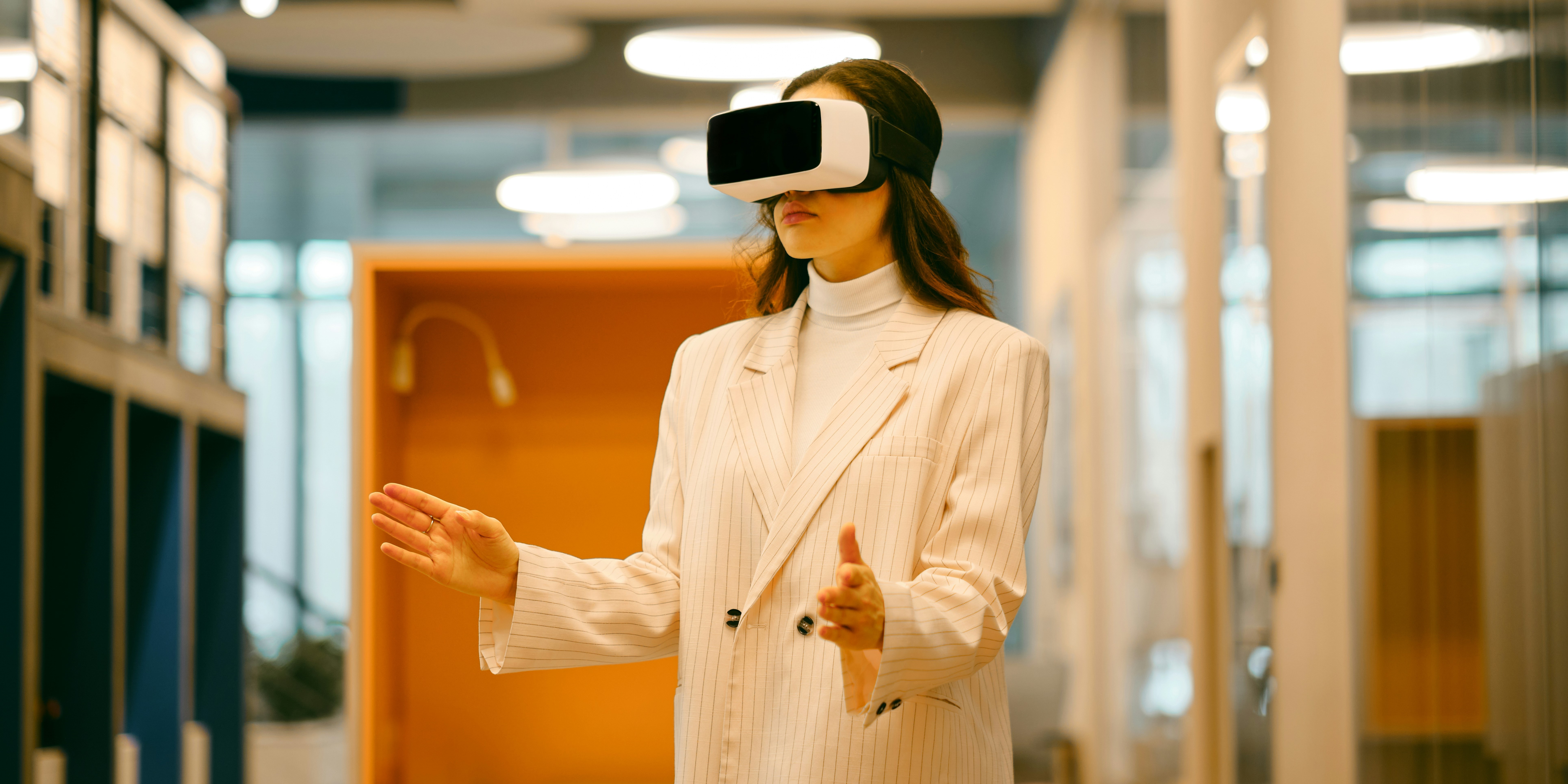The world of theatre is evolving, and it’s no longer just about sitting in a dark room, watching actors perform on stage. With advancements in digital streaming and virtual reality (VR), theatres are finding new ways to reach audiences far beyond their physical locations. Whether it’s through live performances that people can stream from home or immersive VR experiences, these technologies are changing the way we engage with storytelling. But how does this shift affect both live and remote audiences? Let’s explore how theatres are blending tradition with innovation.
How Are Theatres Using Digital Streaming to Reach New Audiences?
For many years, the theatre experience was limited to those who could physically attend a performance. But with the rise of digital streaming, that’s no longer the case. Now, audiences from all over the world can tune in to live performances from the comfort of their homes. This shift is a game-changer for theatre companies, especially smaller ones that may not have had the resources to reach a global audience before.
Digital streaming has opened doors for more people to experience theatre, from those who live in rural areas to individuals with mobility challenges. By broadcasting performances in real-time, theatres are creating opportunities for everyone to enjoy the magic of live theatre, regardless of their location.
Take, for example, the success of streaming services during the pandemic. Many theatre companies turned to platforms like YouTube, Zoom, and dedicated apps to keep their productions running. For some audiences, this meant being able to see a show from another country without the expense of travel. For others, it brought back a sense of normalcy in uncertain times. And now, even with theatres reopening, many companies have continued offering streaming options, recognizing the value of a hybrid model that combines live and digital audiences.
Theaters that embrace streaming are also benefiting from increased accessibility. Closed captions, language translations, and other features make it easier for audiences with different needs to engage with the performance. This added layer of inclusivity ensures that the world of theatre is truly open to all.
What Role Does VR Play in Creating Immersive Theatre Experiences?
While digital streaming helps bring theatre to remote audiences, virtual reality (VR) is transforming how people experience live performances in a whole new way. VR is about more than just watching a show—it’s about becoming a part of it. By using VR technology, theatres can create immersive experiences where audiences feel like they’re stepping inside the world of the play. Instead of sitting in a seat, VR users can find themselves wandering through a virtual set or standing alongside the actors, fully immersed in the story.
This technology is especially exciting for genres like interactive theatre, where audience participation is already a key element. Imagine being able to make choices that affect the outcome of a play or explore different storylines based on your own decisions. VR opens up endless possibilities for interactive storytelling, allowing audiences to engage with the performance on a deeper level.
One example of VR’s potential in theatre is National Theatre’s Immersive Storytelling Studio in the UK, which has been experimenting with using VR to create new forms of narrative. Whether it’s through interactive films or 360-degree experiences, VR is pushing the boundaries of traditional theatre. Audiences can experience a show from unique perspectives, even placing themselves in the shoes of different characters.
But VR isn’t just for remote viewers. Some theatres are using augmented reality (AR), blending the real world with digital elements to enhance live performances. Imagine sitting in a theatre and seeing holographic characters appear on stage alongside live actors. This integration of technology creates a multi-layered experience that’s both engaging and mind-blowing for the audience.
How Are Actors and Audiences Interacting in New Ways?
The interactive element of theatre has always been one of its most appealing aspects. Unlike films or TV shows, live theatre offers the chance for audience participation, creating a unique connection between performers and spectators. With the rise of digital technologies, this interaction has become even more dynamic.
Many productions are now incorporating ways for audiences to influence the direction of the performance. This can happen through direct audience feedback—such as choosing plot twists or deciding the fate of characters—or through actors who break the fourth wall, engaging directly with the crowd. In some productions, actors use smartphones, allowing the audience to send in their responses or vote on key decisions via apps. This blending of digital and live elements makes the performance feel more personal and interactive, turning the audience from passive spectators into active participants.
For those attending in person, the experience can become even more immersive. Immersive theatre productions, like the popular “Sleep No More,” allow audiences to explore the set, interact with actors, and shape their own unique experience of the performance. The result is a show that’s different for every individual, encouraging repeat visits and creating a strong connection with the material.
Even in traditional theatre settings, the use of technology is enhancing interaction. In some cases, audience members can experience additional layers of the story by scanning QR codes around the venue or using their phones to unlock exclusive content. These interactive elements provide a richer experience, keeping the audience engaged both during and after the performance.
Theatre is no longer confined to the stage. With digital streaming and virtual reality, theatres are creating new ways for audiences to engage with live performances. Whether through the convenience of streaming or the immersive nature of VR, these technologies are transforming the way we experience storytelling. For actors, the chance to interact with the audience in innovative ways makes each performance more dynamic and personal. As theatres continue to embrace these tools, they’re not just keeping up with modern trends—they’re redefining what it means to be part of a live audience.









